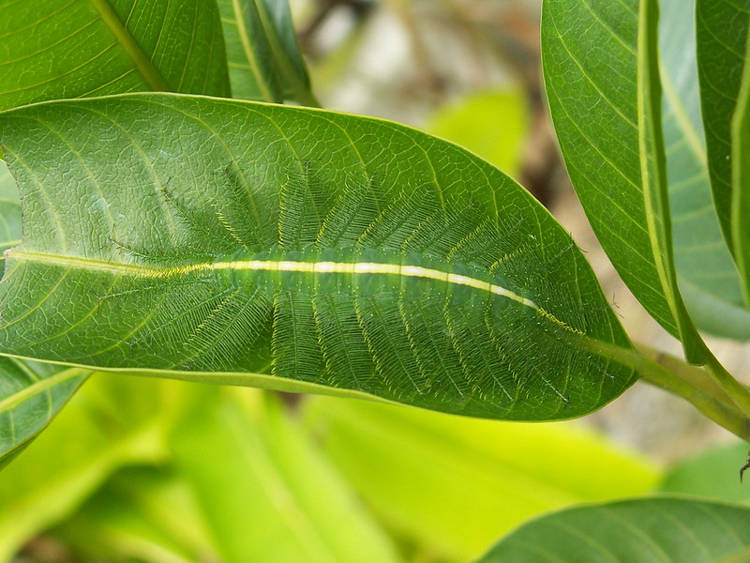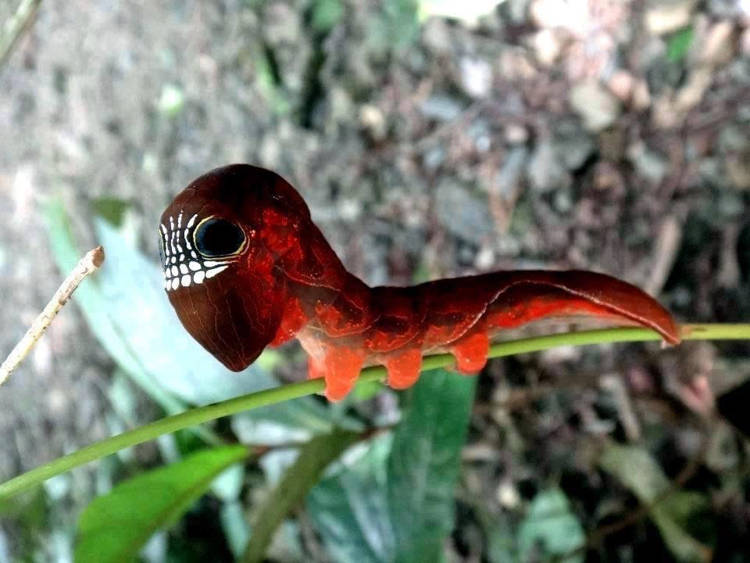Lonomia obliqua is just as frail as any other caterpillars you might have seen, but that doesn’t stop it from causing severe serious internal hemorrhaging and even death, if you just touch it.
This terrible Lonomia caterpillars live in the rainforests of South America, and cause a few deaths every year, especially in southern Brazil, where they’re usually found on the bark of trees. Blending perfectly in their surrounding, Lonomia obliqua caterpillars often can’t be avoided, even if people watch out for them. Most incidents occur when travelers lean against a tree and unknowingly brush against one of more caterpillars, which release a very powerful anticoagulant venom.
Symptoms of Lonomia obliqua poisoning include severe internal bleeding, renal failure and hemolysis. If the skin comes into contact with several caterpillars, death is often the outcome. The lethal dose of the toxin secreted by this terrible creature is among the lowest of all known toxins.
But there is also a bright side to the Lonomia obliqua caterpillar. Its powerful anticoagulant could be used in the prevention of life-threatening blood-clots, but research is still being conducted in the hope of somehow isolating some pharmaceutically valuable chemicals. But until that happens, all you can do is refrain yourself from leaning on trees, the next time you’re in South America.
 Read More »
Read More »










